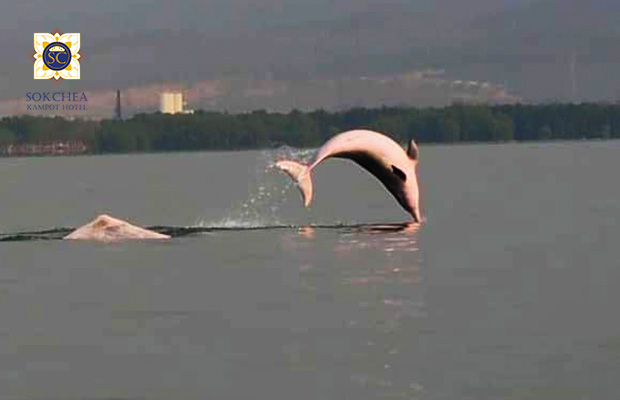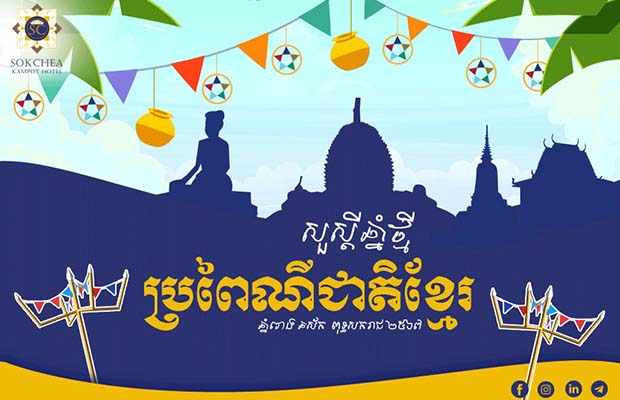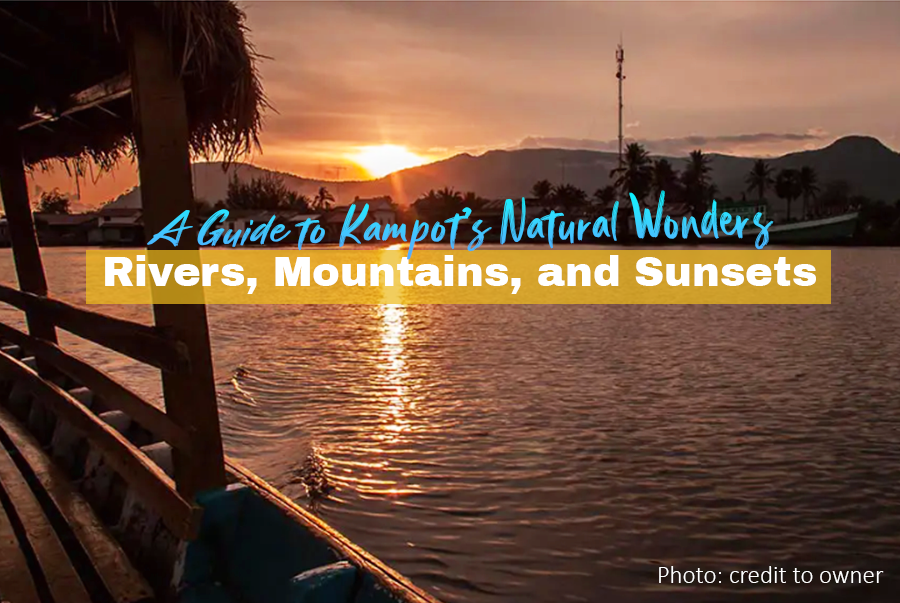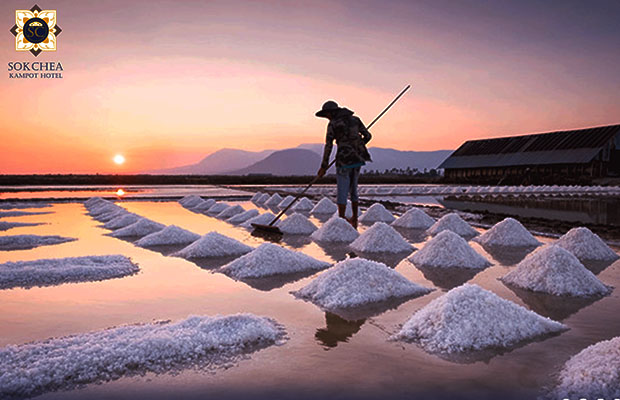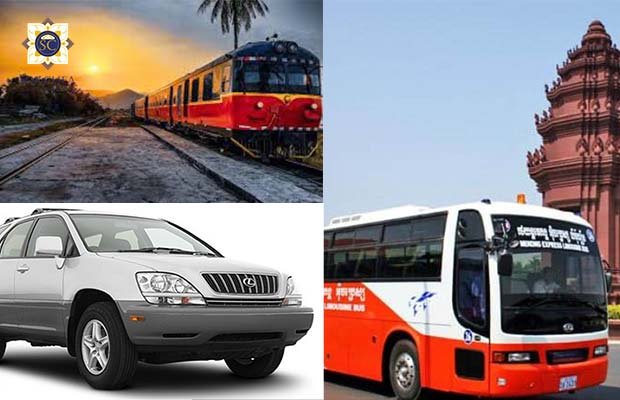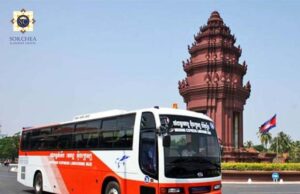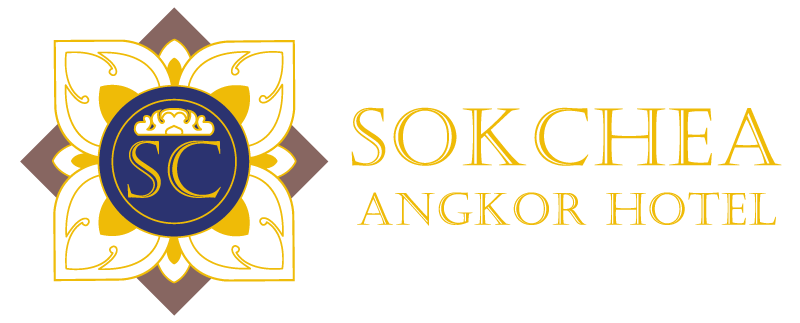Zip Line Cafe at Lomhae Dong Prek in Kampot, Cambodia (also referred to as Lomhae Dorn Prek Restaurant) seamlessly blends thrilling adventure with riverside charm to create an unforgettable escape by the water. Situated right by the Kampot River and adjacent to River Park’s action‑packed waterpark, this café offers both serenity and excitement.
Perched on the riverbank, the café provides a laid‑back atmosphere perfect for sipping on Khmer or Western fare after—or before—experiencing adventure across the water. Guests can glide over the river via a zip-line ride—returning safely to the café—kayak along the gentle flow, or even rent jet skis for a more adrenaline-fueled spin ($10 for the zip-line, $5 for all-day kayaking, or $120/hour for jet skiing). The café’s dual culinary offerings make it ideal for every palate, featuring traditional Khmer dishes and familiar Western options to suit both locals and international visitors.
Its location, just across the river from River Park with its giant slide, paddle boats, and water games, means that thrill-seekers and families alike can easily hop between relaxing café moments and energetic fun. While things may feel adventurous on the river, the café ensures comfort and hospitality—making it a balanced getaway destination.
The zip-line experience here is both accessible and exciting: a brief zip over the water delivers just the right rush without overwhelming those new to the sport. Kayaking offers a mellow alternative, allowing guests to explore the calm expanse of the Kampot River at their own pace. The café’s riverside perch also means you can enjoy beautiful views while lounging with a drink or a bite—an excellent vantage point for both peace and people-watching.
Whether you’re looking for a playful afternoon on the water, a scenic riverside meal, or combining both, the new Zip Line Cafe at Lomhae Dong Prek stands out as a charming and well-rounded addition to Kampot’s growing hospitality landscape.


